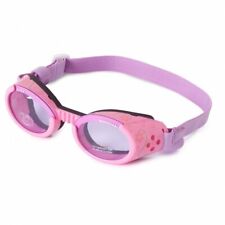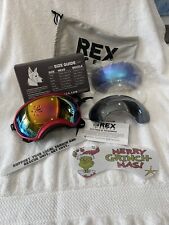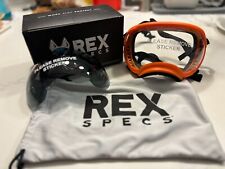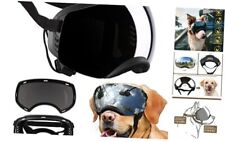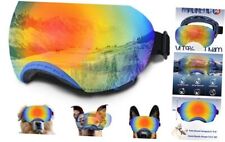How Patterns Can Get You Into Trouble
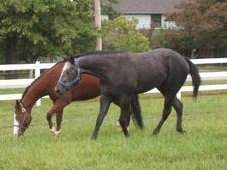
Predictability does not mean that you always ask the horse to do certain things certain ways and never vary those patterns. The feeling you create between you and the horse is the part that must be consistent. The horse must feel that you are consistent and predictable when you show, ask, or tell him things. He can rely on you to be the same no matter where the two of you go or what you do. You always work around him in a rhythmic, relaxed, calm way. You always breath, scratch, brush, saddle or whatever in a relaxed and rhythmic way. You apply your riding aids in a rhythmic, relaxed, consistent way. Whenever you work with the horse, you always keep your temper and you always make the horse feel like being with you is the safest place he can be.
Always doing the same thing the same way can create predictable performance patterns. Sometimes that can be a good thing. Sometimes not. Instructors prize an oldie goldie school horse that knows its job. The horse will pack a beginner around the ring and perform perfectly regardless of the rider’s mistakes. Years ago, we had a horse named Mama. She knew the show ring drill so well that we rented her out at shows to other people who wanted to ride and get a ribbon and go home happy.
Mama’s understanding of predictable patterns was a desirable thing when she was packing those so-so riders. But it could have been a problem if a really good rider had taken her into a class and asked her to pay attention to a new pattern set by the rider’s aids. The same thing can happen when a dressage rider tries to ride a new test after drilling a particular one so often that the horse does it on autopilot.
If your horse gets accustomed to workouts that always last the same amount of time, or that always take place in the same arena, or that always involve the same buddy going along for the ride, he will notice when the program changes. The result may be confusion or confrontation or something in between depending on his temperament.
Predictable performance patterns can also lead to harm when you do not consider activity drive. Heredity plays a role in a horse’s everyday activity drive. Hot-blooded horses like Arabs and Thoroughbreds display more natural activity drive than cold-blooded horses. Horses at play demonstrate their natural activity drive by practicing their defense mechanisms like running, bucking and rearing. How long a horse will play and practice depends partly on heredity and partly on his physical condition.
As we bring any horse into better and better physical condition so he can play games like dressage or jumping or reining or cutting, we increase the level of his activity drive. After a horse exercises, his activity drive builds for approximately 3 to 5 days. After that, his activity drive and physical condition start to drop off.
If you take a horse that has just been standing around all winter to a strange place and turn him loose, he may display a huge amount of activity drive for a short time. But because he is not in good physical condition, he will not run and posture for very long. If you take a horse in top physical condition and leave him in a stall for three days, when you finally come to take him out, his activity drive makes him feel like playing longer and harder.
Some people create a predictable turnout pattern that works against them. They always turn the horse loose to spend activity drive before they saddle up and ride. Or they always take the horse off the trailer and turn him out when they arrive at a showground after a long haul. You invite injuries when you turn a horse with a high level of activity drive loose to buck and play before his muscles warm up. If you are showing the horse, he may spend so much of his activity drive playing that he does not have enough left to compete well.
Some people are afraid of their horse’s activity drive so they want the horse to spend it before they get in the saddle. The way they go about it, however, does not create a predictable feeling that they are the safest place for the horse to be. They put the horse in a round pen or arena and then they do something to startle the horse and get him going. They might make a loud noise shaking rocks in a plastic jug. Or they might use aggressive body language or chase him around with a whip to wear him out. From the horse’s perspective, this is a confrontation and the handler is an aggressor. The horse learns that when he is turned loose in an arena, he had better prepare to escape. As a predictable pattern, this ruins any feeling of camaraderie between handler and horse.
Instead, you want to set up a situation that gives the horse the feeling that you are his best friend. You heed him to the arena in a rhythmic and relaxed way, walk in, stand beside him while you unhook the lead, then just back away and allow the horse to do what he wants to do. Most horses will smell around a little bit and look for any real danger before they decide whether they want to play or just observe and walk around. It all depends on how they feel that day.
Your job is to just stay in the center and do whatever the horse does. Whether the horse just walks or starts to run and jump, you just mirror what he is doing from the center, playing the game his way, so he gradually brings his attention back to you. When you feel like the horse has settled, he is ready to play the game your way. So you can start asking him to trot when you "trot" or stop when you stop or whatever. You play with the horse, he checks in with you, you play some more, and so on. You build a relationship with the horse rather than chasing him around.
Now the consistent pattern is that you are safe to be around and the horse can check in with you about how he should feel about a situation. That is something positive you can build on when you get in the saddle and go to work.
Whenever you work with your horse, you are developing patterns of relating that will carry over into everything else you do together. The purpose of those patterns is not to put the horse on autopilot but to create a consistent expectation or feeling in the horse that you are always a safe, calm place to be. If you want your horse to be your best buddy, develop predictable patterns of handling and riding that create a feeling of trust.

